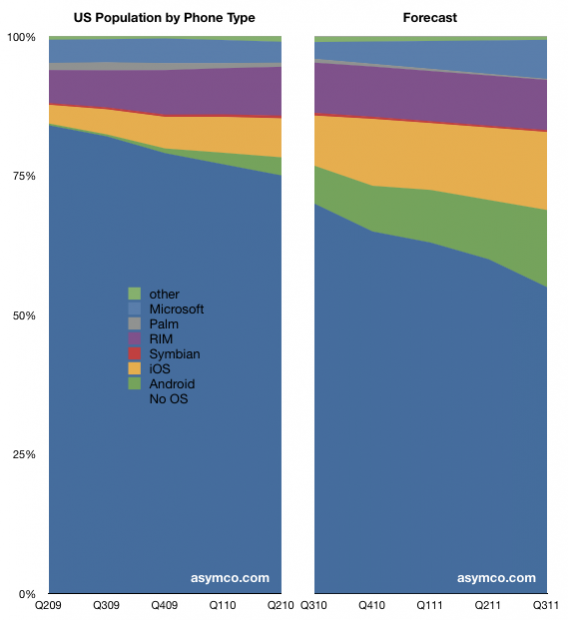“Media tablet hype around devices such as the iPad has also affected consumer notebook growth by delaying some PC purchases, especially in the U.S. consumer market. Media tablets don’t replace primary PCs, but they affect PC purchases in many ways,” Ms. Kitagawa said. “At this stage, hype around media tablets has led consumers and the channels to take a ‘wait and see’ approach to buying a new device.”
Gartner Says Worldwide PC Shipments Grew 7.6 Percent in Third Quarter of 2010.
Fascinating. I’d love to hear more about the non-iPad “media tablets” that delayed PC purchases last quarter. Maybe I don’t get out enough.
But more to the point, let’s combine the data from Gartner and the forecast for iPad.
I show below the impact of the iPad on PC vendor sales. I’m using my own estimates of world-wide PC sales (you can see other estimates here (Apple 2.0))
The world-wide PC units shipped without and with iPad:
Continue reading “Gartner: as a Media Tablet, iPad deserves to be ignored in PC rankings”


